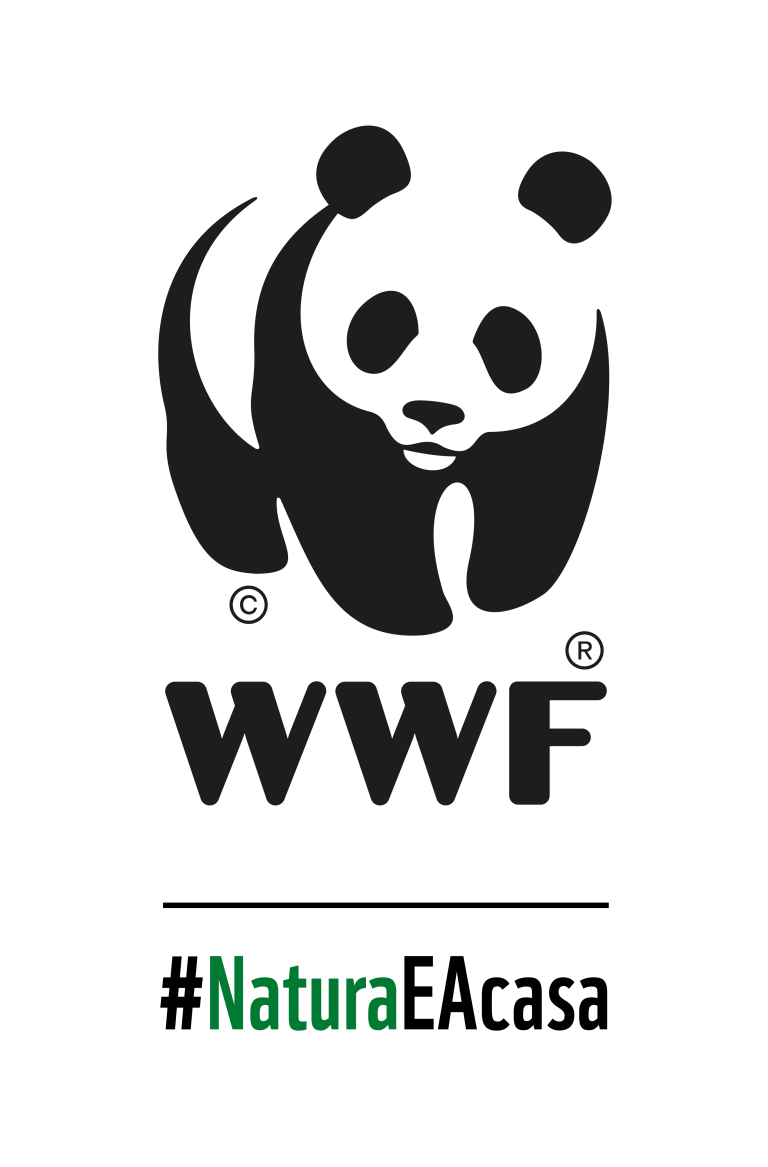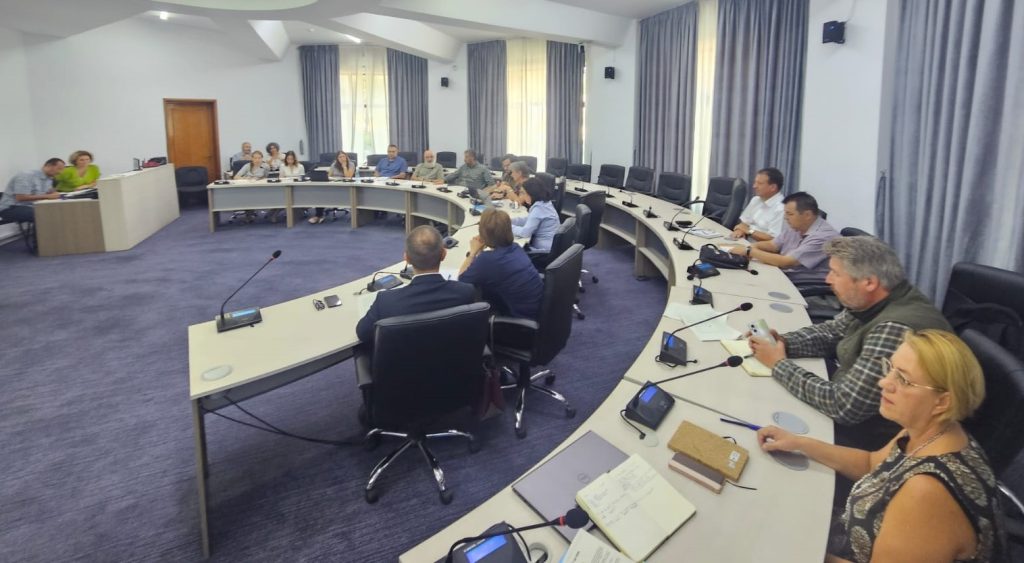Romania has started identifying the areas to be strictly protected in order to reach the 10% target, according to the European Strategy for Biodiversity 2030.
Romania has started the process to protect 10% of its natural terrestrial and marine habitats, to meet the target set by the European Strategy for Biodiversity 2030. This means that about 700,000 hectares of forests will be strictly protected and excluded from commercial logging.
WWF has been actively involved in the whole process from the beginning and our proposal on the strategic approach and identification criteria – in line with our High Conservation Value concept –, developed through a participatory process, was the starting point in drafting the general methodology for identifying potential protection areas. A consortium of experts, selected by the Environment Ministry, has the task to create this methodology in the next two months and the complete map of the forests to be protected will be finalized by December 2025.
At the Environment Ministry’s invitation, last week we took part at the first meeting of the working group on methodology development. Representatives of the authorities, of the state forest administration, civil society and consortium experts were present at the meeting. The technical solutions presented by WWF had a large support, which gives us hope that the principles we stated will be properly followed. In fact, WWF is the one that campaigned for obtaining the PNRR (National Recovery and Resilience Plan) funds to make this entire process operational.
Context
The European Biodiversity Strategy 2030 targets that at least 10% of the EU's terrestrial and marine areas are under strict protection. In this context, WWF militated for the protection of 10% of the country's forests by 2030 in order to maintain biodiversity, preserve the genetic fund and the natural processes on which we depend.
If we want to turn what today seems „impossible” into reality – tripling the protected areas -, it is necessary to change the legal framework. First, it must make sure that the financial compensation mechanisms for land owners who are imposed restrictions are operational. Then, it must implement measures aimed at a fair transition for the local communities that are indirectly affected by the protection regime and which, traditionally, are engaged in processing and capitalizing on these natural resources. Therefore, Romania should create compensatory payment mechanisms for environmental services and, at the European level, dedicated funds must be allocated for forest conservation, based on objective and clear result indicators.
We appreciate the transparent and participative way in which the Environment Ministry manages this process and we continue to offer our support for meet Romania’s objectives for biodiversity conservation.

